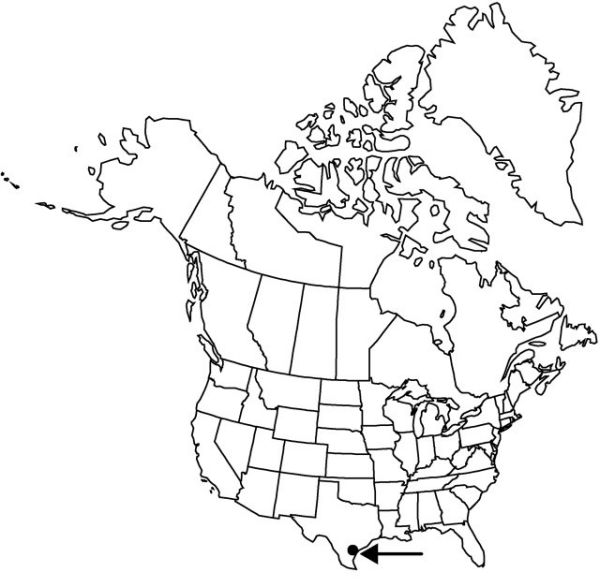Zephyranthes jonesii
Pl. Life 7: 42. 1951.
Leaf blade dull green, to 4.5 mm wide. Spathe 2.1–4 cm. Flowers erect; perianth pale lemon yellow, salverform to funnelform, 2–12.5 cm; perianth tube yellow with some green, 1.5–7.2 cm, diam. primarily uniform, ca. 2/3–3/4 perianth length, ca. 8–10 times filament length, longer than spathe; tepals often reflexed; stamens fasciculate, appearing equal; filaments subulate, 0.15–0.7 cm, apex acute; anthers 4–7 mm; style longer than perianth tube; stigma capitate, among to exserted beyond anthers; pedicel 0–0.6 cm, shorter than spathe. 2n = 48, 72.
Phenology: Flowering mid summer–early fall (Jul–Oct).
Habitat: Primarily low, sandy loam, open fields, swales, ditches, coastal bends
Elevation: 0–30 m
Discussion
Morphology, cytology, and distribution suggest that Zephyranthes jonesii, like Z. smallii, arose from hybridization between Z. pulchella (2n = 48) and Z. chlorosolen (2n = 48).
Selected References
None.
